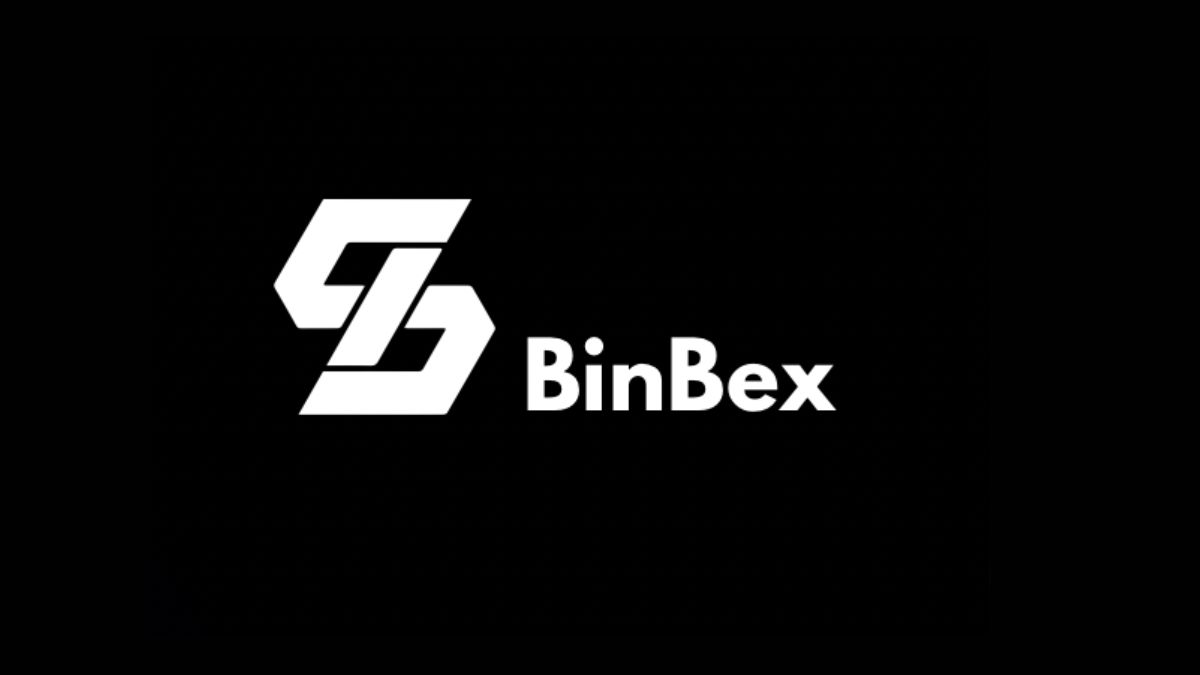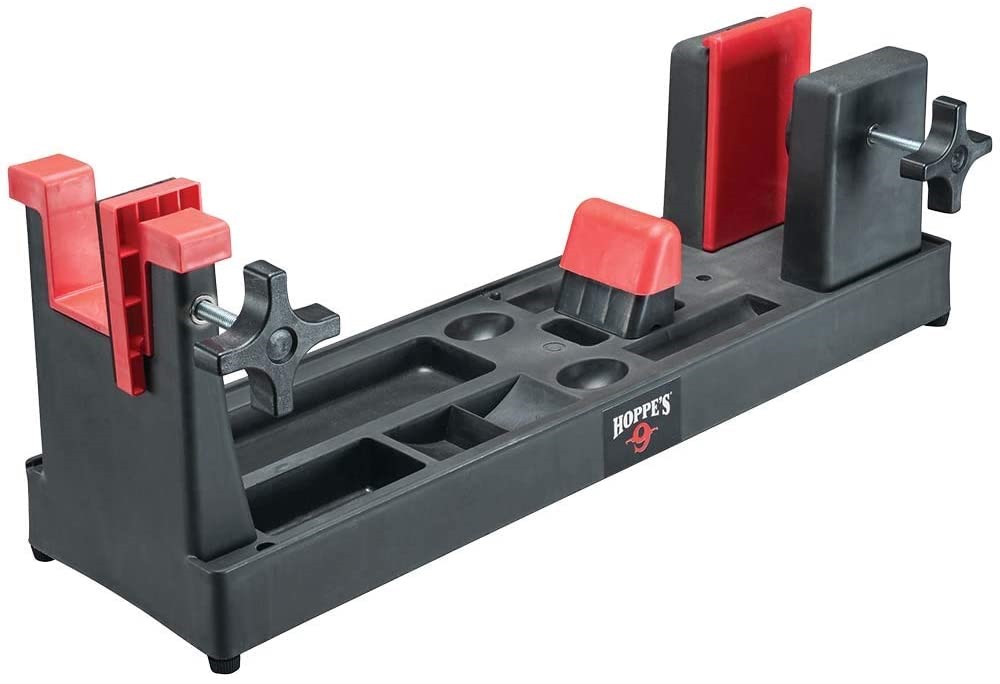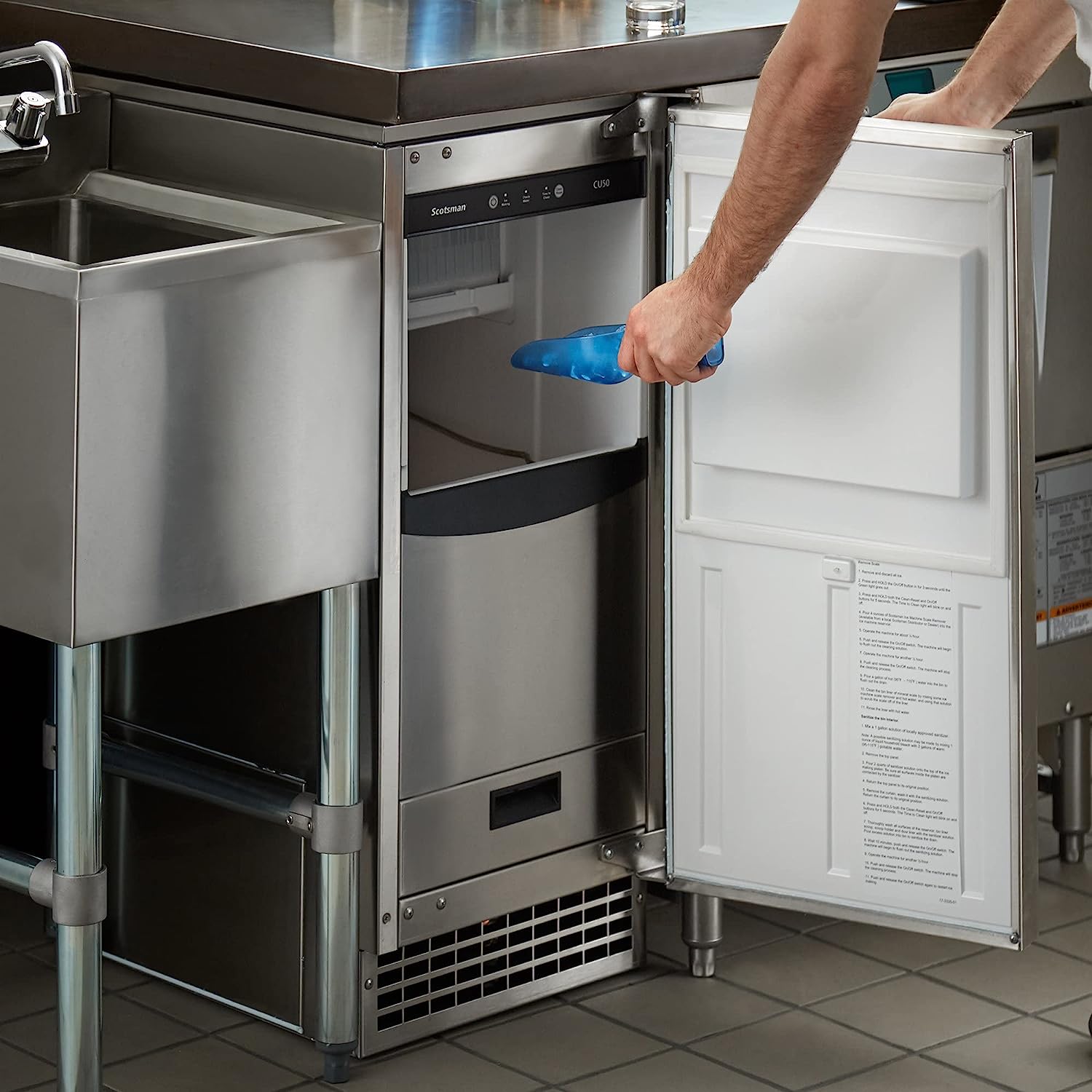How To Organize Your Move: A Step-By-Step Guide

Moving can be a daunting and overwhelming task. But with the right planning, preparation, and organization– it doesn’t have to be!
This article will provide you with a step-by-step guide for how to organize your move. From budgeting to cleaning and unpacking, we’ll cover every detail of the process so you can keep control of your move.
Don’t let relocating become a chaotic mess – start your journey off on the right foot by following this organized guide!
Budgeting
Planning ahead and budgeting for a move can take some of the stress out of the process! Tracking your expenses and setting goals can help you stay on top of costs when moving.
Start by making a list of everything you’ll need to purchase or rent, such as boxes, tape, packing supplies, and movers if necessary. Research various companies that offer these services to get an idea of how much each item will cost. Don’t forget to include extra funds for unexpected expenses as well.
Once you have an estimated budget in place, be sure to stick with it so you don’t end up overspending. It also helps to set yourself a timeline for completing tasks prior to the move; this way, you can make sure all important items are taken care of before relocating.
By taking the time to plan ahead and budget properly, you can ensure that your move is organized and stress-free.
Next, consider whether or not it would be worth hiring professional help with your move.
Hiring Professional Help
Hiring professionals to help with your move can be a huge time-saver, so don’t hesitate to enlist their assistance!
When choosing movers, it’s important to research all of your options and find reviews from past customers. Consider the following when deciding which company to hire:
* The cost of the services
* The reputation of the company
* Whether they offer insurance for any damages that may occur during transport
* If they have experience with moves similar to yours
Taking the time to make sure you’re hiring reliable movers will save you stress in the long run.
Additionally, having professional movers on hand will ensure that everything gets packed and moved safely and efficiently.
Packing
Making a list is an important part of organizing your move step-by-step. By creating an inventory of all the items you need to pack and the necessary packing supplies, you can ensure that nothing is overlooked or forgotten. This organized approach will help keep you on track and make the moving process smoother and more efficient.
Renting supplies like boxes, bubble wrap, and tape can save time and money in the long run. Labeling your boxes with date stamps or color-coded labels helps keep track of what goes where when it comes to unpacking. You’ll be glad you took the extra step!
Making a List
Taking the time to make a list of everything you need to do for your move can be overwhelming, but it’s worth it in the end!
Start by sorting all of your boxes – this will help you determine what items need to go in storage and which ones are coming with you.
Take inventory of every single item in each box, making sure not to forget any small pieces or accessories that may get easily overlooked.
Additionally, consider renting extra supplies such as dollies or storage containers if needed; this will help keep your move organized and efficient.
Don’t forget to measure doorways and hallways so that large furniture can fit through them, as well as measuring your storage space ahead of time so that it accurately fits all of your belongings.
Making a detailed list while packing up is key for a successful move: it keeps things organized and ensures nothing gets left behind.
Renting Supplies
Make sure you’ve got all the necessary supplies for your move by renting them ahead of time; it’ll help keep things running smoothly!
Renting supplies can be a huge help, as many moving companies will only provide the most basic materials. You’ll also save money down the line, as buying extra boxes and packing material can really add up to costly moving costs.
Consider renting items like dollies, furniture pads, hand trucks, and straps — all are important pieces of equipment that make lifting and carrying heavy objects much easier. Talk to your rental company about what they offer and get an estimate on their prices before you go ahead and reserve the items.
Be sure to factor in delivery fees or any other additional costs when estimating your rental costs so that you don’t end up with any surprises!
Labeling boxes properly is the next step in organizing your move.
Labeling Boxes
Labeling your boxes correctly is the key to a successful move; it’ll help keep everything in its place and make unpacking a breeze! Start by gathering all of the packing materials you’ve collected, including labels, markers, and tape.
Then begin labeling each box with a number that corresponds to the items inside (e.g., “1-Kitchen”). Be sure to also list out any fragile or breakable items on each box so movers know how to handle them. Additionally, you can even affix an inventory sheet of all contents onto each box if desired for better organization:
1. Label all boxes using numbers and descriptions
2. Include any fragile/breakable items on boxes
3. Affix an inventory sheet of contents for extra organization
Make sure you label every box before loading them in the truck — this will ensure they arrive safely at their destination and are easier to unpack once there!
Labeling your boxes will provide you with greater control over your move and save time when it comes time to unpack; no more rummaging through unmarked boxes looking for what you need!
Now let’s look into storage solutions that can ease the transition between homes.
Storage Solutions
Figuring out what to do with all your stuff can be overwhelming, but there’s no need to stress, as storage solutions are here to help! When planning for your move, it’s important to consider the various storage options available.
This will enable you to downsize if necessary and make sure that all of your belongings have a safe place during the transition. Whether you’re looking for short-term or long-term storage, there are numerous downsizing options available. Consider renting a portable container unit or taking advantage of onsite self-storage units — both provide secure and convenient ways to store everything from furniture and appliances to boxes full of knickknacks.
If you plan on storing items in the long term, climate-controlled units are an ideal choice as they protect delicate items like electronics from extreme temperatures. With proper storage planning and creative downsizing options, relocating your possessions doesn’t have to be complicated or stressful.
Next up is finding an affordable way to transport everything — read on for more information!
Transportation
With so much to transport, it’s important to find an affordable and efficient solution – luckily, there are plenty of options available!
When arranging transport for your move, you’ll need to decide between hiring a moving company or renting a truck. If you’re on a tight budget and don’t mind doing the work yourself, then renting a truck may be the way to go. You’ll need to factor in mileage fees and fuel costs when making your decision.
If you’d rather leave the heavy lifting to professionals, then finding movers might be the best idea. There are many companies that offer this service at competitive prices, so shop around for the best deal.
With careful research and planning, you can easily arrange reliable transportation that meets your needs and fits within your budget. As you transition into cleaning and unpacking upon arrival at your new home, take comfort in knowing that all of your belongings have safely arrived at their destination.
Cleaning and Unpacking
Now that you’ve arrived at your destination and your items have been transported, it’s time to turn your attention to the unenviable yet necessary task of unpacking.
While purging clutter and organizing your new home may seem daunting, breaking down the process into smaller steps can make it easier to tackle. Start by taking an inventory of all the items you brought with you on the move – from furniture and appliances to clothing and kitchenware.
This will help you determine what needs to be unpacked first so that you can begin setting up each room in your new home. As you unpack each box, take note of any damage or missing items so that they can be reported right away if needed.
When unpacking, try grouping like items together – this will save time when searching for something later on as well as provide a sense of order in each room. Additionally, give yourself plenty of time and don’t rush since this is a chance for you to really make sure everything is put away exactly as desired before settling in completely.
Conclusion
You’ve made it to the end of your move! Now that you’ve done all the hard work, it’s time to sit back and enjoy it.
Moving can be a stressful experience, but with proper planning and organization, you can make sure everything runs smoothly. You’ll feel like a weight has been lifted off your shoulders when all your belongings are in their new home.
Remember, don’t bite off more than you can chew – take things one step at a time and before you know it, you’ll have settled into your new space feeling relaxed and content. Congrats!






























